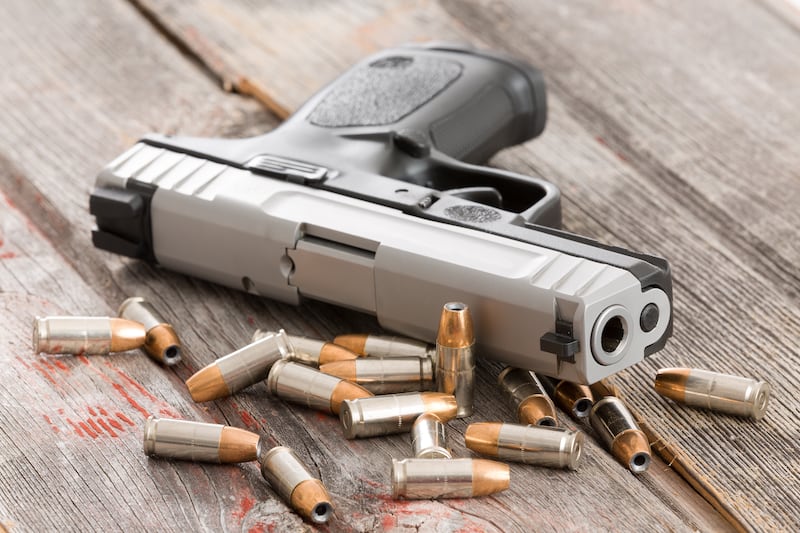Last week, I was getting ready to join a COVID-19 emergency call with colleagues when my house started shaking. Once the earthquake stopped, I biked along my downtown Salt Lake City street checking on neighbors.
In this unusual urban hush, it was striking to see cars pulled up in front of a downtown gun shop. People carried boxes of ammunition into their cars. I texted a couple of gun advocates. They confirmed anecdotally what I suspected: gun and ammo sales are booming right now, due to a sense of instability around COVID-19 and, locally, this earthquake. While there’s no hard data, retailers report a disproportionate number of customers appear to be first-time gun buyers.
I felt goosebumps. For the last few years, I’ve been involved in an effort that brings gun owners together with health professionals, policymakers, researchers and other community stakeholders to pursue data-driven, “common ground” approaches to preventing firearm suicide. In Utah, where guns are extremely popular and available, research confirms that access to firearms is a major driver of our state’s high suicide rate.
After I biked home, I worked with some of those gun-owning stakeholders to put together a quick message to disseminate on social media. We emphasized that all of us are concerned about protecting our families in these uncertain times. However, this is also a time of increased emotional and psychological stress, when suicide risk may be heightened for some people.
Suicidal crises are often very brief and unexpected, and not all people who attempt suicide have a mental illness. This is not an anti-gun or pro-gun position; it’s simply about saving lives. Just as we would take the keys of a friend who has been drinking, we need to ensure that no person who is struggling — and no child or adolescent — has access to a firearm.
We need community leaders to remind people that there are many things we can all be doing to create safety in our households without necessarily purchasing guns or ammunition. This includes practicing physical distancing, cleaning and disinfecting frequently touched surfaces, and creating a household emergency plan. It also means getting to know your neighbors — something our common ground collaboration between gun owners and non-gun owners has always represented.
Moreover, if people do own or buy guns, we need to remember the risks and responsibilities that come with ownership.
For gun owners who have a young or at-risk person in their household, the safest approach is to store all guns (including long guns) outside the home, such as with a friend or family member who is not prohibited from owning guns. Other off-site options include a shooting range, storage facility, or pawn shop. Here in Utah, under our Safe Harbor Law, people can take them to local police for free safekeeping. (Just call the police first to let them know you plan to do this.)
If off-site storage is not possible, the next safest approach is to ensure all firearms in the home are locked securely in a safe or lock box with the key or combination kept away from an at-risk person, and the ammunition stored separately. The state is currently offering a rebate for up to $100 toward a safe or lockbox for concealed carry permit holders who are residents of Utah. Trigger and cable locks aren’t adequate on their own, but are better than nothing and can be used in combination with a secure gun safe.
Community leaders — especially in states like ours with high rates of gun ownership — have an opportunity to amplify key messages around appropriate home and gun safety. At a time when emotional and psychological footing may feel shaken, let’s ensure every step we take advances the common goal to keep ourselves and our families safe.
Anyone who is having thoughts of suicide can get help by contacting the National Suicide Prevention Lifeline (1-800-273-TALK [8255])
Morissa Henn is a community health director at Intermountain Healthcare.

